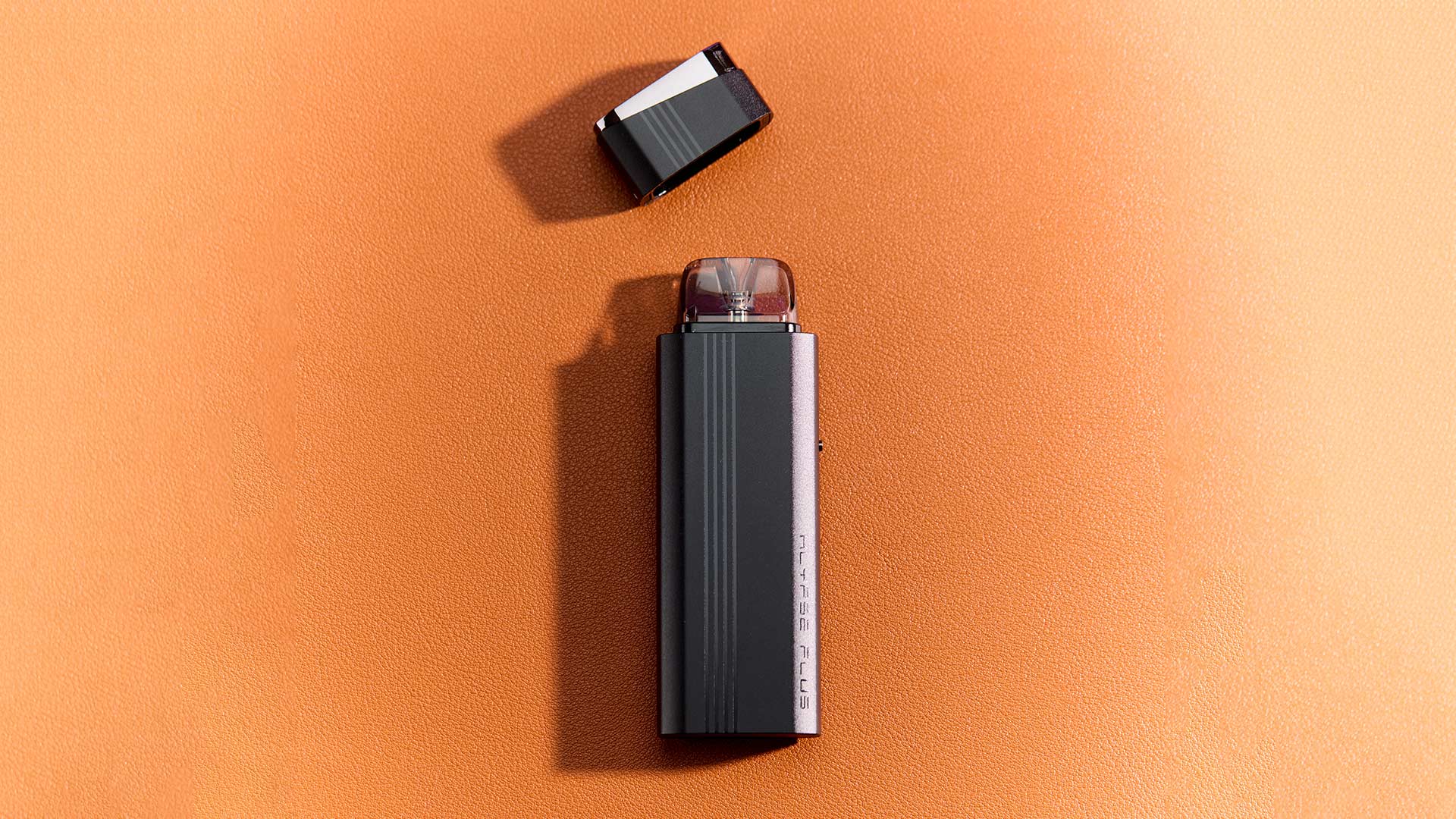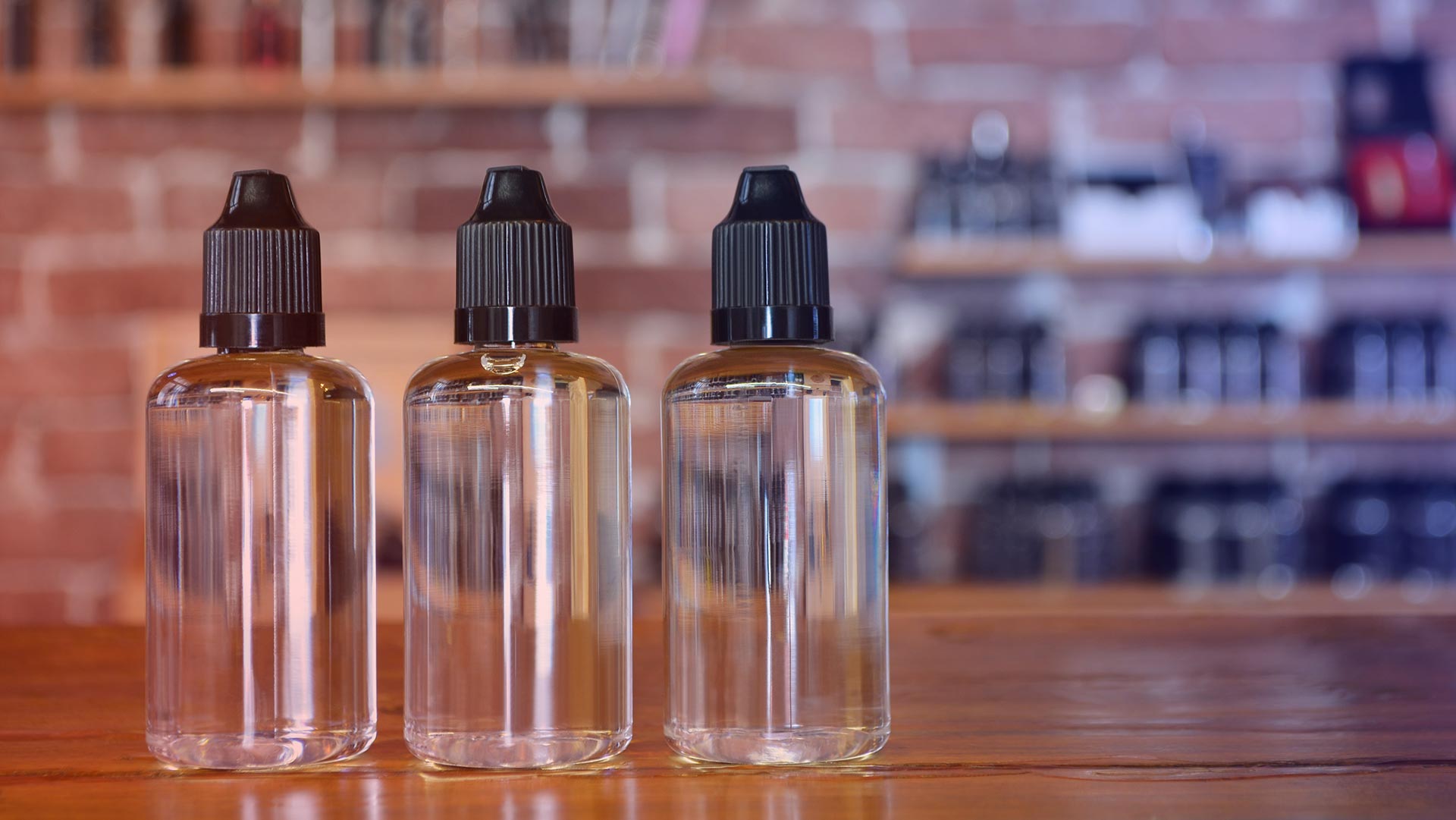If you vape, there are many valid reasons why you might want to know how long nicotine stays in your system.
- Maybe you find that vaping makes you tired, and you’re trying to troubleshoot sleep quality issues.
- Perhaps you’re trying to reduce your nicotine intake, and you want to know what types of withdrawal symptoms you might experience.
- Maybe you have to take a drug test soon for insurance or employment reasons, and you want to know how long nicotine will be detectable in your system.
Regardless of your reason for wanting to know how long nicotine stays in your system, you’re going to find some answers here.
You’re about to learn:
- How long the effects of nicotine persist in your body.
- How long nicotine is detectable in saliva, blood, hair follicle and urine drug tests.
- How you can potentially flush nicotine out of your system more quickly.
- What the symptoms of nicotine withdrawal
- How you can use vaping to reduce nicotine withdrawal symptoms before abstaining for a drug test.
Let’s dive in.
How Long Does Nicotine Stay in Your System? Key Takeaways
- Nicotine has a half-life of about two hours in the bloodstream. However, drug tests check for the presence of the nicotine metabolite cotinine, which is detectable much longer.
- Depending on the type of test being performed, nicotine use can be detected for as little as four days (saliva test) or as long as several months (hair follicle test).
- Drinking more water, exercising and eating antioxidant-rich foods can potentially help your body flush out nicotine and cotinine more quickly.
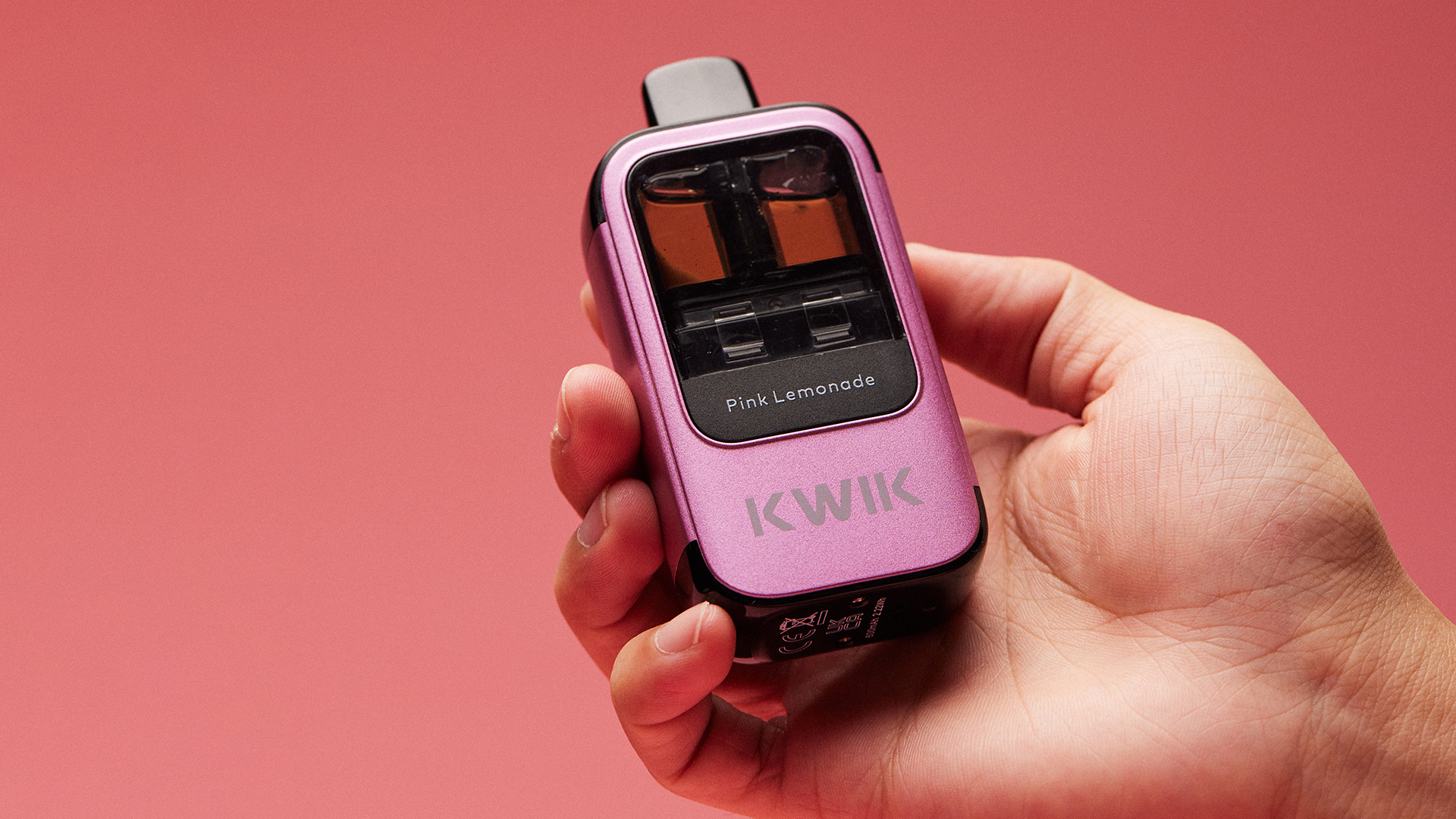
How Long Does Nicotine Affect Your Body?
Nicotine has a half-life in the bloodstream of about two hours.
In other words, two hours after you use nicotine, half of the original amount that you consumed will still be in your blood and will still be producing a stimulating effect, although you may begin to feel cravings at that point.
It’s valuable to understand the half-life of nicotine because tiredness is a common complaint among smokers and vapers. If you feel tired during the day or find it difficult to fall asleep at might, there’s a good chance that you’re consuming nicotine too close to bedtime.
How Long Is Nicotine Detectable in a Drug Test?
Nicotine use is detectable in a drug test for anywhere from four days to several months depending on the type of test being performed.
If you want to know how long nicotine stays in your system because you have a drug test coming up, nicotine isn’t really the substance that you want to know about. What you really want to know is the half-life of cotinine, which is the metabolite that’s left over after your body processes the nicotine you consume. The half-life of cotinine is about 16-20 hours, which is much longer than nicotine’s half-life. Drug tests check for cotinine rather than nicotine because it's detectable for a longer period of time.
How long nicotine use is detectable in a drug test depends on the type of test being performed.
- How long is nicotine use detectable in a saliva test? About four days.
- How long is nicotine use detectable in a blood test? About 10 days.
- How long is nicotine use detectable in a urine test? About three weeks.
- How long is nicotine use detectable in a hair follicle test? Several months.
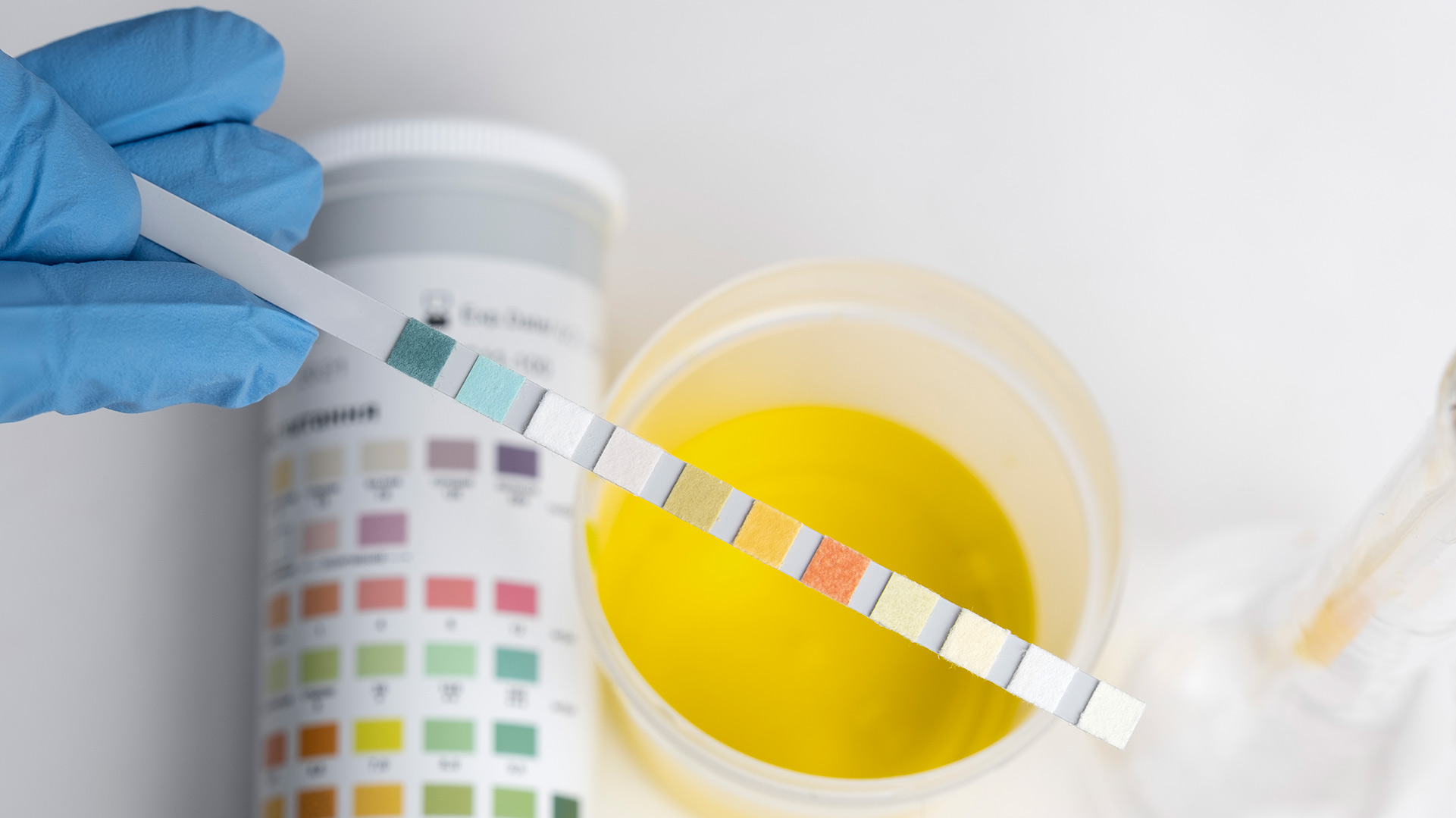
How to Flush Nicotine out of Your Body More Quickly
If you have a drug test coming up, you might like to know if there’s anything that you can do to flush nicotine out of your body more quickly. Drug tests for employment usually check your urine – so you’ll need to abstain from nicotine for around three weeks if you don’t want to test positive for nicotine use.
Experts disagree as to whether it’s actually possible to flush nicotine and cotinine out of the system more quickly. However, Healthline has the following recommendations.
- Drinking large amounts of water may help. That’s partially because nicotine is water soluble and partially because drinking more water increases your urine production and may help your body to clear out the cotinine more quickly.
- Exercising more often increases your body’s metabolic rate, which may help your body metabolize nicotine and clear out cotinine more quickly. Exercising also makes you sweat, and your body may lose cotinine via that route as well.
- Eating high-fiber foods increases your body’s ability to digest foods and clear out waste. You should select foods high in antioxidants such as carrots, cranberries, blueberries and dark chocolate. Like exercise, antioxidants can help to boost your body’s rate of metabolism.
How to Manage Nicotine Withdrawal Before a Drug Test
If you’re reading this article, there’s a good chance that you’re expecting to take a drug test soon – and although it may be possible to flush nicotine out of your system more quickly, there’s no getting around the fact that you’re going to have to stop using nicotine for around three weeks if your urine is going to be tested. During that time, you’re likely to experience withdrawal symptoms.
According to the Centers for Disease Control and Prevention, the most common symptoms of nicotine withdrawal are:
- Experiencing strong nicotine cravings.
- Feeling unhappy, irritable, anxious or restless.
- Finding it hard to concentrate.
- Difficulty sleeping.
- Increased urge to eat.
Managing nicotine withdrawal is extremely difficult, which is why people find it so hard to quit smoking. If you have plenty of time to prepare for your drug test, we’ll share a tip in the next section that will make the process much easier for you. If you don’t have time to prepare, here’s how the CDC recommends handling your withdrawal symptoms.
- Be mindful. Remember that although nicotine withdrawal is very unpleasant, the withdrawal symptoms can’t hurt you and will lessen with time.
- Avoid places and situations where you usually use nicotine because they can trigger more intense cravings.
- Increase your physical activity. Exercise can potentially help you clear nicotine from your system more quickly, and it’s also a good way to manage the mental aspect of nicotine withdrawal.
- Decrease your use of caffeine if you have trouble falling asleep at night.
- Try to avoid challenging projects at work if you’re having trouble concentrating.
- Do something to keep your hands and mouth busy such as snacking on celery or carrot sticks.
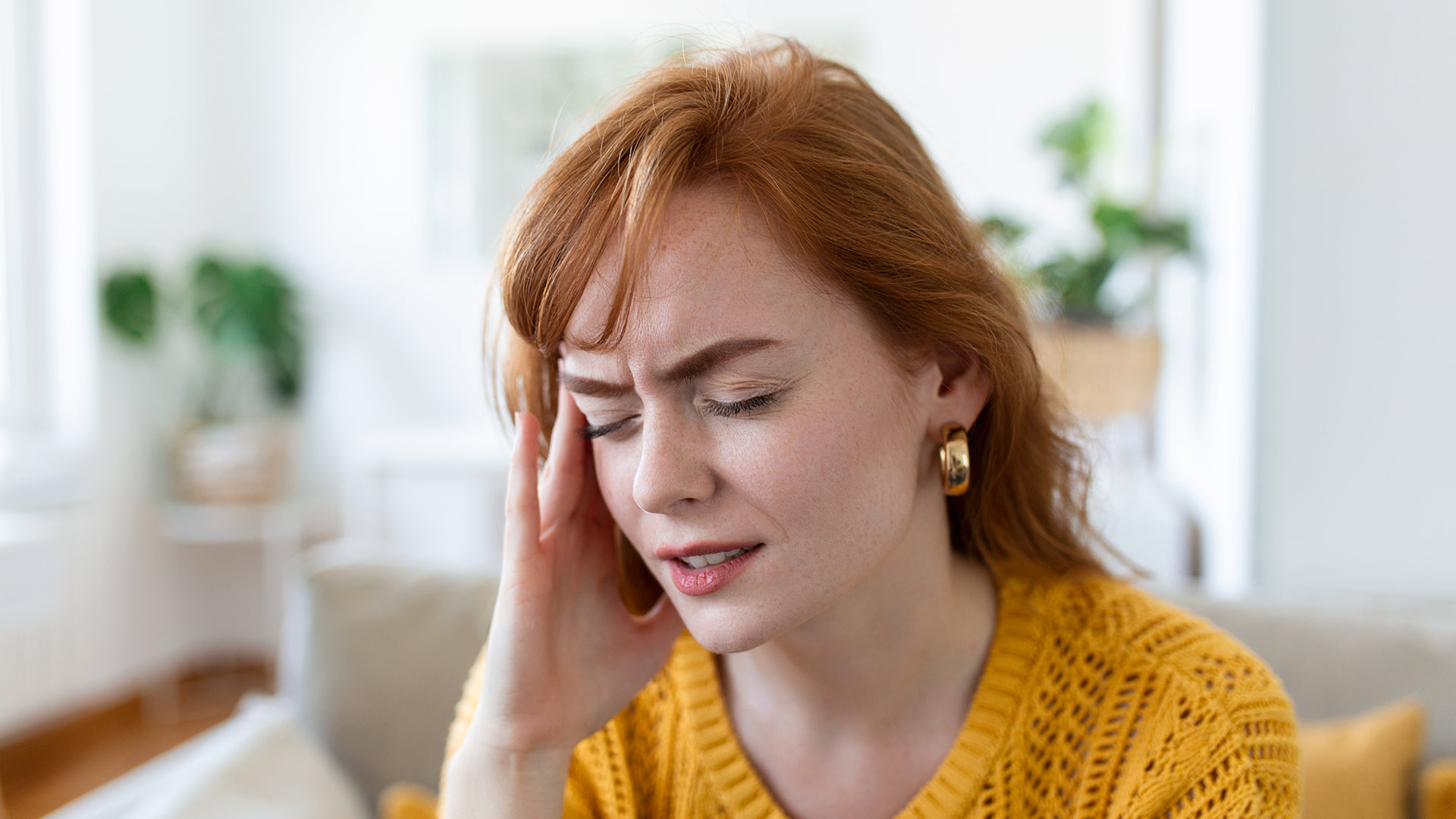
Vaping Can Help You Prepare for a Nicotine Drug Test
If you have a drug test coming up and have some time to prepare, vaping can be a powerful tool for you because it can help you lower your nicotine intake gradually before the test. If you can manage to get your nicotine consumption extremely low before hitting the three-week window when you have to stop using nicotine, you’ll probably find that your withdrawal symptoms will be mild and very manageable. You can even use this strategy to quit nicotine completely if you want.
Note that it’ll be very helpful if you can find out in advance what type of drug test you’ll be taking. As we’ve mentioned, urine drug tests are the most common drug tests for employment purposes, and the window for detection of nicotine use with this type of test is around three weeks. The detection window for a hair follicle test, however, is much longer.
Here's what you need to do.
- If you’re a smoker, start by switching completely to vaping. This strategy can only work if you’re a full-time vaper.
- Once you’ve switched to vaping and feel completely accustomed to it, start using the next lower nicotine strength available for your type of vape. If you’re using disposable vapes or a refillable pod vape with nicotine salt e-liquid, for instance, you’re probably using a nicotine strength of 50 mg/ml (20 mg/ml in the United Kingdom, Europe and Canada). The next lower strength will typically be 25 mg/ml or 10 mg/ml depending on where you live.
- Start recording the number of times that you puff on your vape each day. Some vaping devices will actually do this for you automatically, but you’ll need to remember to reset your device’s puff counter at the start of the day.
- Reduce your number of puffs by at least one puff each day. Depending on how much time you have to prepare, you might have to cut your puff count by more than one per day. The more gradually you reduce your usage, though, the less you’ll have to worry about withdrawal symptoms along the way.
- Once you’ve gotten to the point where you’re only puffing on your vape a handful of times per day, it’s time to lower your nicotine strength again. If you’re currently using disposable vapes, you’ll probably need to switch to a refillable device. You’ll also need to switch from nicotine salt to freebase nicotine e-liquid. The lowest strengths offered by most e-liquid makers are 6 mg/ml and 3 mg/ml. Try to reduce your nicotine strength while keeping your daily puff count approximately the same.
- Continue reducing your nicotine strength and daily puffs until your test date approaches. About three weeks before the test, you’ll need to stop using nicotine completely. At this point, your daily consumption will be so low that you’ll hopefully experience almost no withdrawal symptoms at all.
Hemok Wang
Hey! Hemok here, a vaping enthusiast with a passion for helping people quit smoking. My uncle was diagnosed with lung cancer a few years ago after smoking for more than 40 years. I do understand that quitting smoking isn't only a physical issue but also a mental one. It's just hard to go "cold turkey". I believe that vaping is one of the best solutions to make the switch only if you do it in the right way, and that's why I am here to share :)


